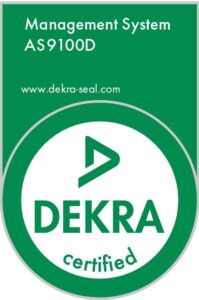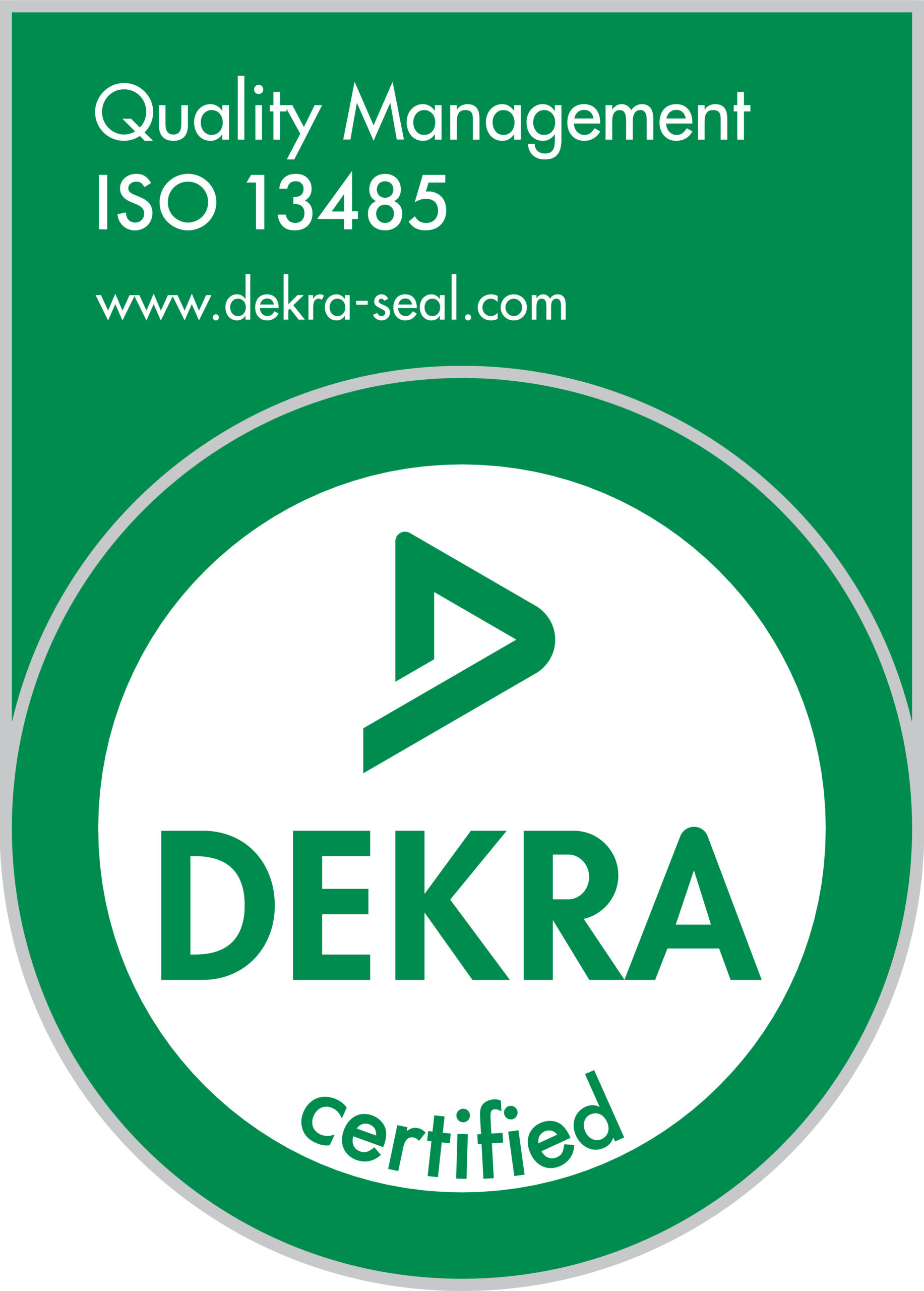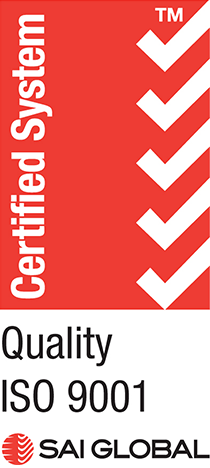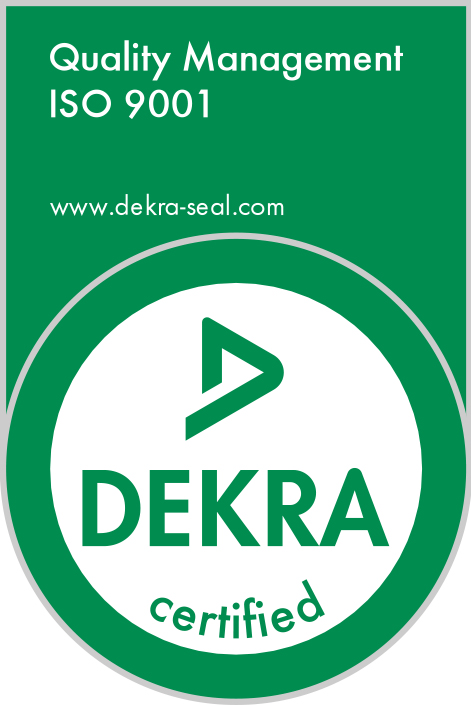Multi-axis milling refers to the process of using a milling machine to machine parts with complex geometries. The milling machine has multiple axes of motion, allowing it to produce complex shapes and features that would be impossible or challenging to create using traditional machining techniques.
In the traditional setup, the machining center has three axes, the left/right or X-axis, the towards/away or y-axis, and the up/down or Z-axis. Like a four- or five-axis machine, multi-axis machining comes with extra axes. In the case of 5-axis milling, for example, two extra rotational axes provide opportunities for different configurations and, thus, applications and capabilities. Multi-axis milling can offer a range of benefits in different industries, with some of the benefits including the following;
Increased time and cost efficiency
Multi-axis milling allows for the machining of multiple features in a single setup, which can reduce the overall machining time and increase efficiency in the manufacturing process. First, it reduces the overall machining time because it can machine multiple features in a single setup, eliminating the need for multiple setups and tool changes.
Advanced multi-axis milling machines may be equipped with automation features such as automatic tool changing and machine monitoring, which can reduce the need for operator intervention and lower labor costs. Further, the ability to produce parts with complex shapes and features in a single setup can increase the overall productivity of the manufacturing process. You can make more parts in a limited period, thus getting more value quickly while meeting tight deadlines and emergency client needs.
Increased accuracy with Multi-Axis Milling
Multi-axis milling can efficiently produce complex shapes, improving the finished product’s overall quality. In a 4-axis or 5-axis milling machine, one has more degrees of freedom available, further increasing the accuracy and precision of the finished product. That’s because you have more angles to access the tool as you can position it at various angles.
You also get more precise multidimensional control giving you an increased range of movement, so you are not just working with two surfaces. This access and control lead to further accuracy in the finished product. Finally, because you will not be using multiple setups, you reduce the incidences of human error. Every time you take part out of the machine, you lose perfect alignment, which leads to inaccuracies. With fewer setups, thanks to multi-axis milling, the chances of error are fewer.
Offers design flexibility and versatility
Multi-axis milling can provide greater design flexibility and versatility than traditional machining methods, making it an attractive option for manufacturers producing complex parts and components. Some of these designs and geometries are only possible with multi-axis milling. The ability to machine parts with multiple axes of motion allows for producing complex shapes and features that may not be possible with traditional machining methods. This can increase design flexibility and enable manufacturers to build a broader range of parts and components.
Multi-axis milling can also machine various materials, including metals, plastics, and composites, making it suitable for multiple applications. Advanced control systems and high-precision cutting tools can further increase the versatility of multi-axis milling, allowing for the production of parts with a high degree of accuracy. It also means there is optimum material utilization resulting in no waste.
Leads to better surface finishes
Using multi-axis milling can improve surface finishes using high-precision cutting tools, advanced control systems, and efficient material removal techniques. This can be important for medical equipment, where a smooth surface finish may be required for sterilization and patient safety. High-precision cutting tools result in a smoother, more accurate surface finish on the finished part. Multi-axis milling machines are also designed to minimize vibration, which can result in a smoother surface finish on the finished piece. They also can machine parts with multiple axes of motion, allowing for the efficient removal of material, and reducing the surface finish’s roughness.
Multi-Axis Milling Final Thoughts
Overall, multi-axis milling is a manufacturing process that offers numerous benefits over traditional single-axis milling. Using multiple axes of motion allows for greater control and precision in the shape and dimensions of the finished product, resulting in improved surface finishes and tighter dimensional tolerances. Additionally, multi-axis milling can be more efficient and require fewer set-ups, leading to cost savings and improved productivity. These advantages make multi-axis milling a valuable tool for various industries and applications.


 Hatfield
Hatfield

